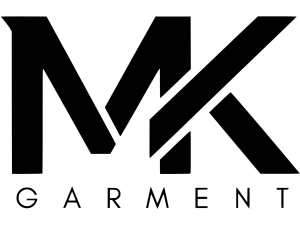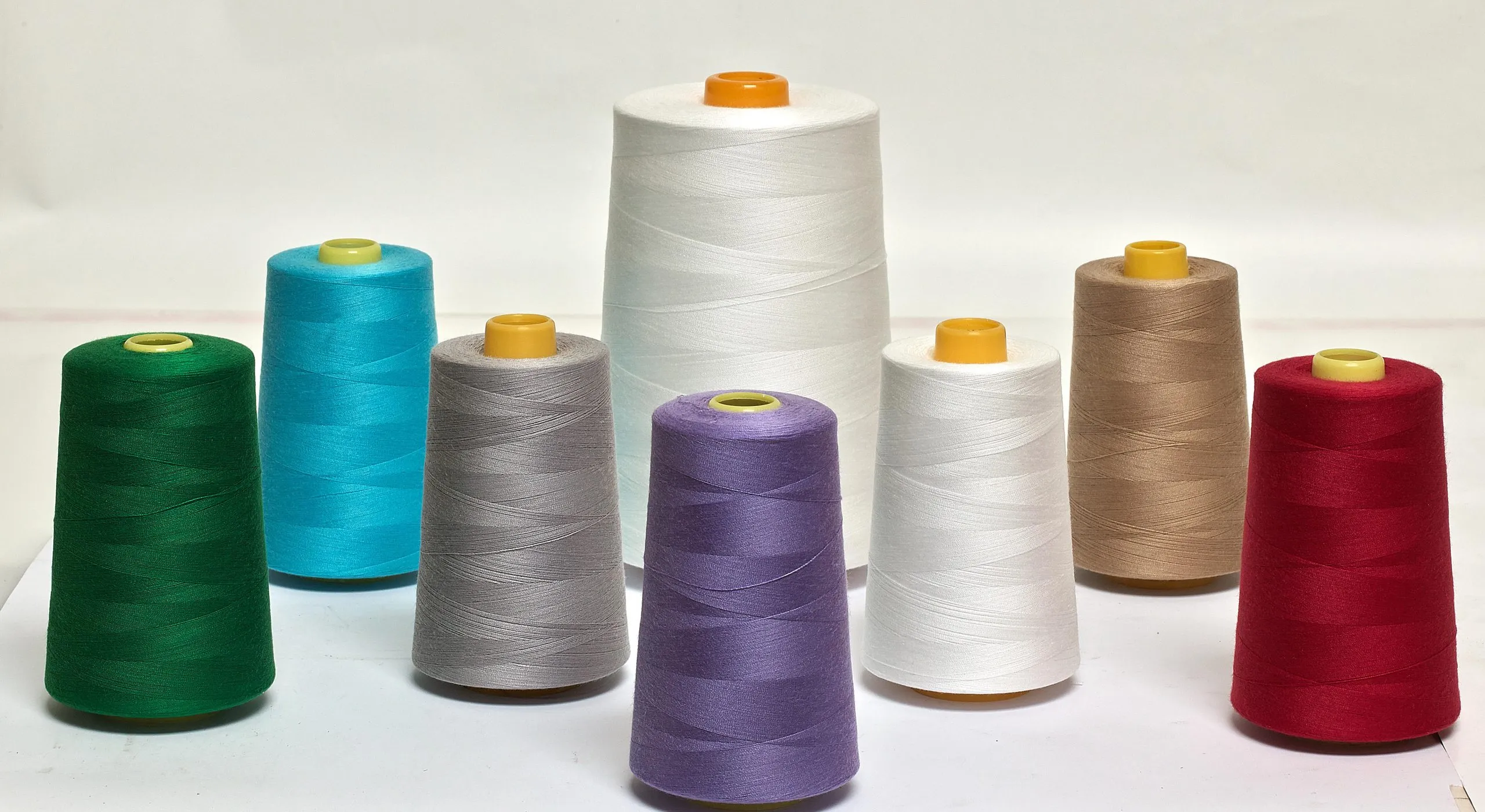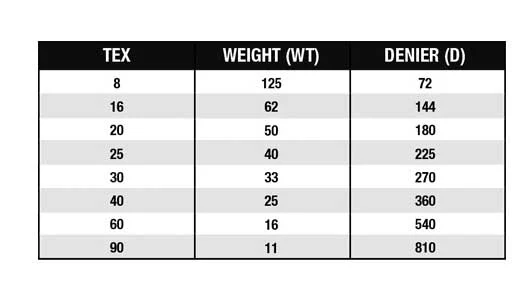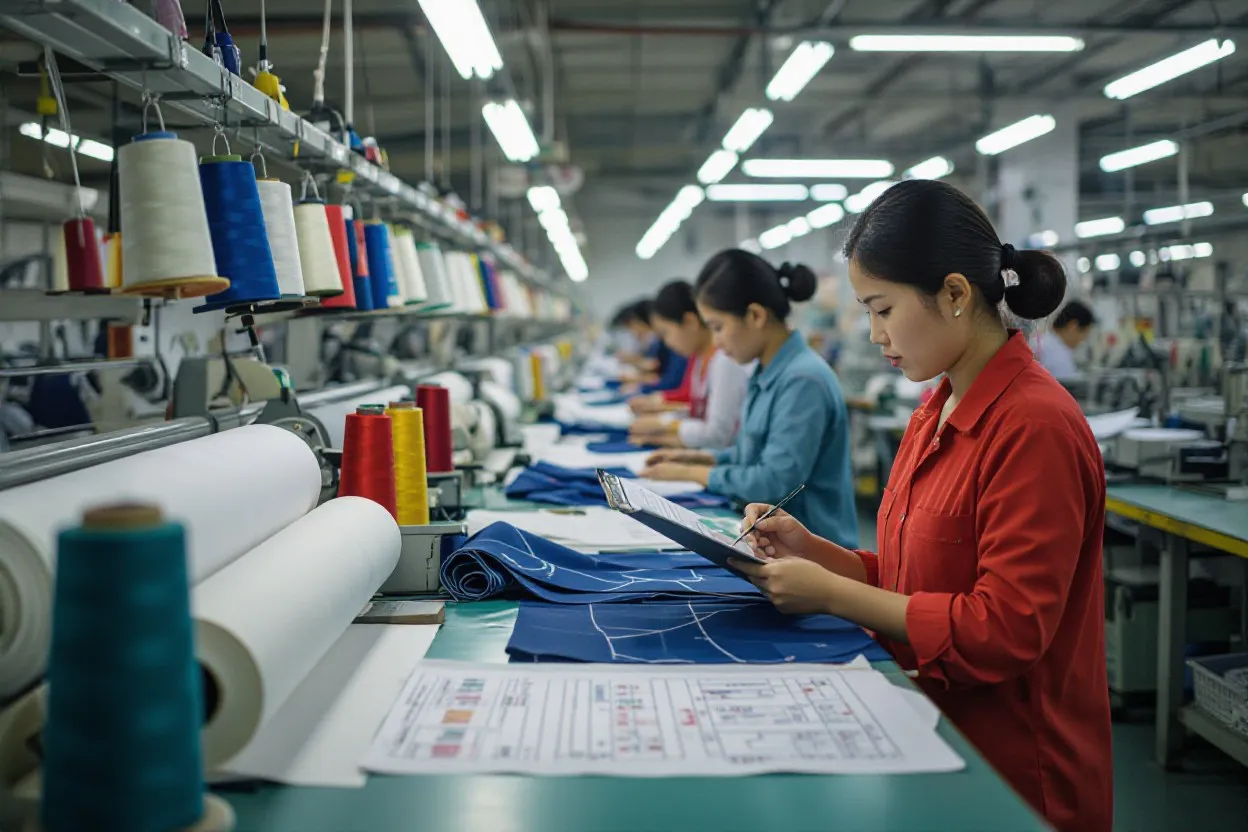
The CM model stands for Cut and Make. It’s one of the simplest and most traditional production methods in the garment industry. In this setup, the factory’s role is limited to cutting and sewing, while the buyer provides almost everything else from raw materials to packaging instructions. This model is often used by buyers who already have strong sourcing networks and want to control fabric quality, trim details, and cost structure directly.
FACTORY: What the Factory Does
Under the CM model, the factory’s job is focused purely on the manufacturing process—specifically, cutting and sewing. Here’s what that includes:
- Fabric Cutting: The factory receives the fabric rolls and cuts them according to the buyer’s provided pattern and size specifications. Precision is crucial, as waste reduction and accuracy directly affect garment fit and cost.
- Sewing / Assembly: After cutting, the fabric pieces are sewn together following the buyer’s technical specifications. The factory ensures consistent stitching, seam strength, and alignment with approved samples.
- Basic Quality Control: The factory performs in-line and final inspections to make sure the sewing and construction meet the buyer’s standards before delivery.
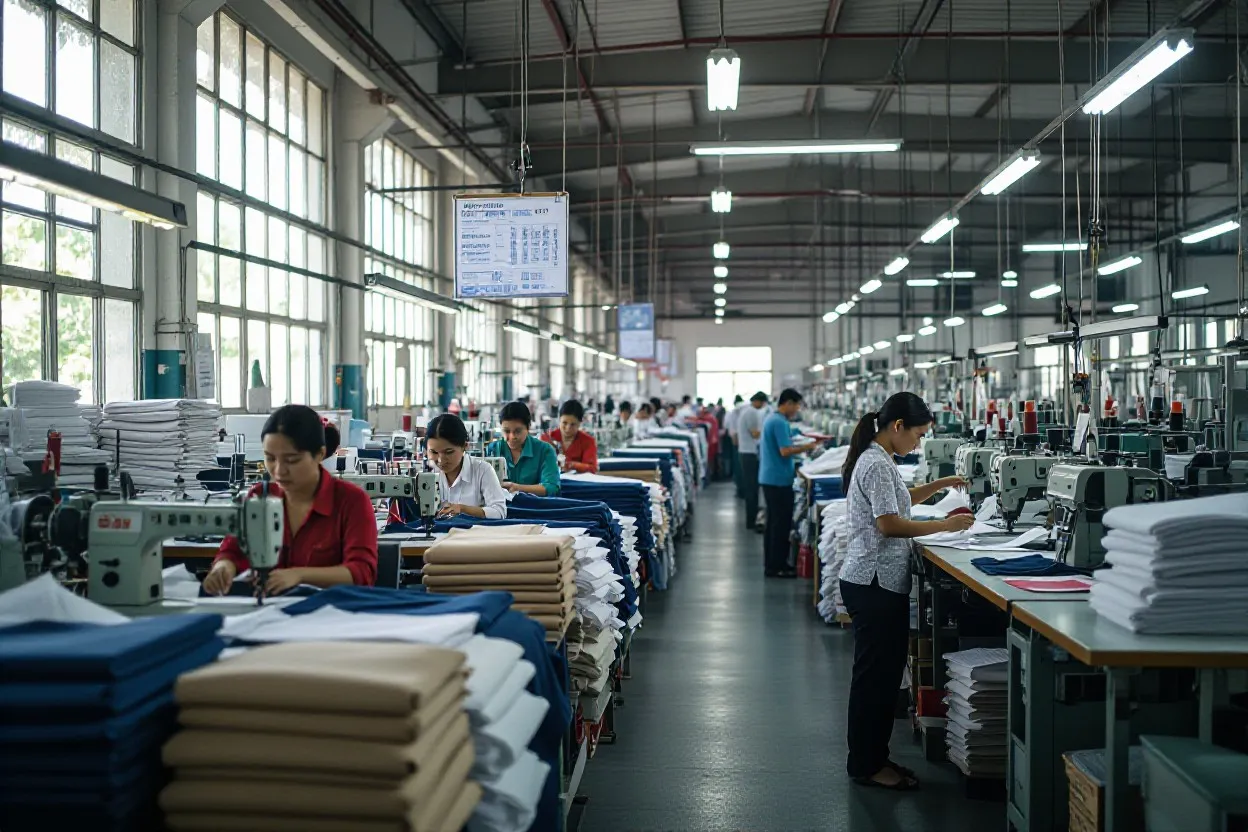
However, the factory does not handle sourcing of materials, trims, or packaging. Its main expertise lies in skilled labor and production efficiency.
BUYER: What the Buyer Supplies
The buyer plays the dominant role in the CM model by providing all inputs and detailed instructions. This includes:
- All Raw Materials: Fabric, sewing thread, buttons, zippers, labels, hangtags, interlining, and sometimes even packing materials such as polybags or cartons.
- Technical Documents: The buyer provides the tech pack, which includes measurement charts, patterns, grading rules, stitching diagrams, and tolerance levels.
- Samples and Specifications: The buyer usually sends an approved sample (often called the “golden sample”) for the factory to follow.
- Quality and Packing Instructions: The buyer defines how the garments should be checked, folded, labeled, and packed—often to match retail or export standards.

Essentially, the buyer manages everything related to design, material sourcing, and logistics, while the factory focuses on execution.
Pros and Cons of the CM Model
Advantages:
- High control for the buyer: Since the buyer chooses all raw materials and trims, they can maintain brand consistency and ensure product quality.
- Lower manufacturing cost: The factory’s fee covers only labor and overhead for cutting and sewing, so it’s often the most economical model.
- Flexible supplier choice: Buyers can work with multiple CM factories using the same material set for different styles or markets.
Limitations:
- More buyer responsibility: The buyer must coordinate sourcing, shipping, and material delivery on time, which adds logistical workload.
- Limited factory involvement: Since the factory isn’t sourcing materials, it has less control over delays or quality issues caused by raw materials.
- Not ideal for smaller brands: Managing multiple suppliers and freight can be complex without an experienced team.
When to Use the CM Model
The CM model works best for:
- Experienced importers or brands that have dedicated sourcing teams.
- Buyers who already own fabric mills or have preferred suppliers.
- Companies looking to keep costs low while maintaining control over raw materials and brand specifications.

Final Thoughts / Final Words
In the CM model, the partnership is clear:
- The factory provides the hands—cutting and sewing the garments efficiently.
- The buyer provides the brains and materials—deciding how the product should look, feel, and be packed.
It’s a lean, cost-effective approach, but success depends on smooth coordination between both sides. For brands with strong sourcing systems and strict quality demands, the CM model remains a practical and reliable manufacturing choice.
FAQs
In Short, What CM Mean?
CM, or Cut and Make, is a production method where the buyer controls nearly every part of the supply chain except the sewing. The buyer sends all materials and instructions to the factory, and the factory focuses only on cutting the fabric and stitching the garment together. This model gives the buyer strong oversight of fabric quality, trims, and overall style, while the factory provides skilled labor to turn those materials into finished clothing.
What does the factory do in a CM model?
In the CM model, the factory’s role is centered on labor. Once the materials arrive, the factory cuts the fabric according to the pattern and measurements that the buyer prepares. After cutting, the factory assembles the pieces through sewing and ensures that every garment follows the required construction. Before the goods leave the facility, the factory also performs basic quality checks to make sure each piece is neat and consistent. Since the buyer supplies everything, the factory does not purchase fabric, accessories, or packaging under this model.
What does the buyer need to provide?
The buyer is responsible for supplying every material required to make the garment. This includes the main fabric, trims, labels, zippers, threads, and any special accessories. Along with the materials, the buyer also sends a complete technical package containing measurements, grading rules, sewing instructions, and construction details. A confirmed sample, often called the golden sample, is also included so the factory knows exactly what the final product should look like. The buyer also provides clear guidelines on how to check quality and how to pack, fold, and label the finished products.
